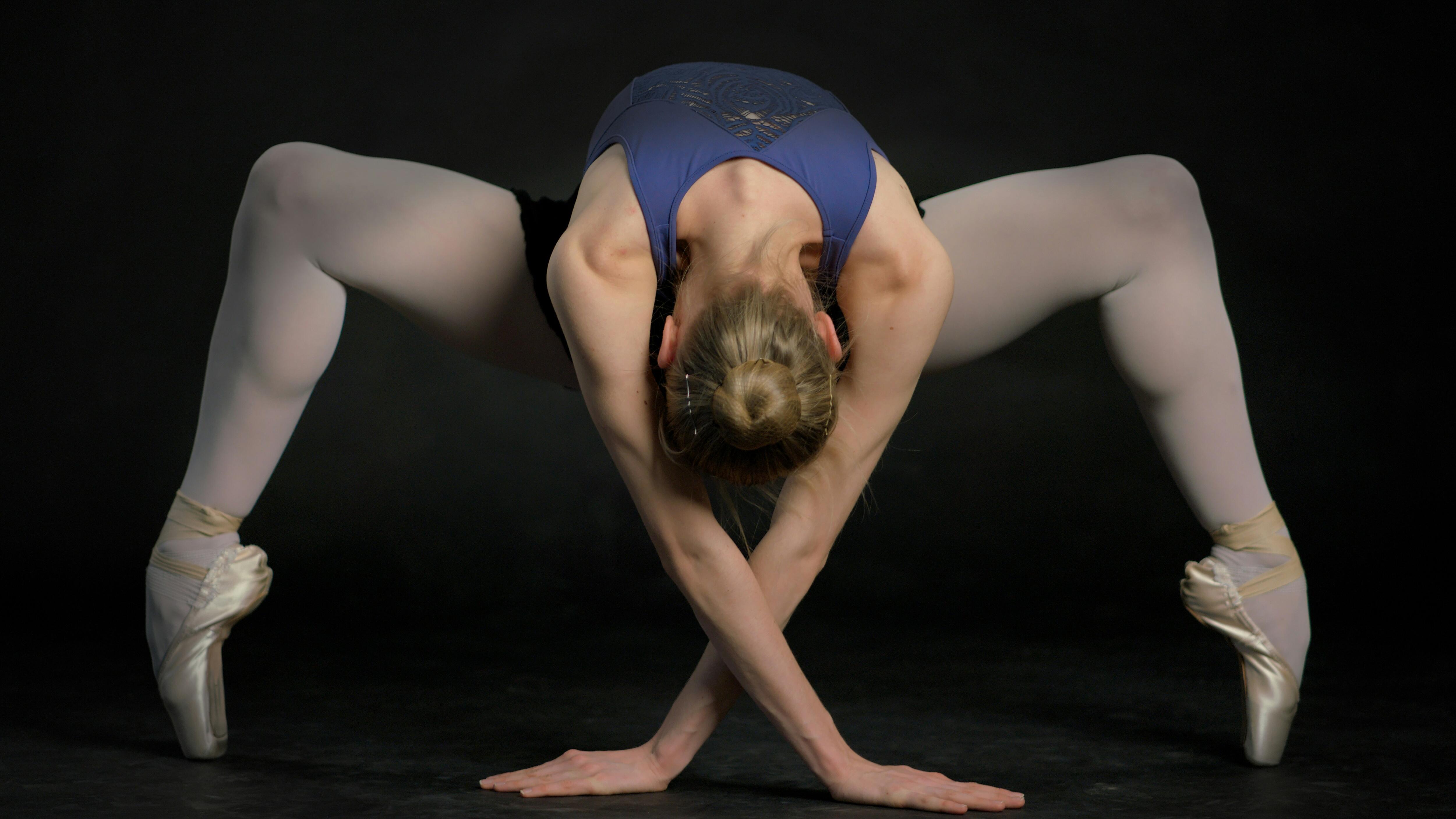Super Nation is a fortnightly column that examines, explains and analyses key issues in one of Australia's largest, fastest-growing and most important industries: superannuation.
It was a backflip of which legendary gymnast Nadia Comaneci would have been proud.
After denying for more than two years that he would change the planned extra tax on high superannuation balances, Treasurer Jim Chalmers did just that on Monday.
The increase in the impost on the earnings of balances above A$3 million (US$2 million) from 15% to 30% would be based on realised earnings and indexed to inflation.
This addressed the outcry over trying to tax unrealised capital gains, which some had warned could force the sale of farms and businesses held in super to raise the cash to pay the additional tax.
Indexing it also reduces the number of people who are caught in this net because they will now remain below the threshold.
Among those who lined up on the other side of it was former Labor Prime Minister Paul Keating, one of the architects of Australia’s widely-respected mandatory and universal retirement savings system now worth $4.3 trillion.
Chalmers said the Government would also introduce a second large balance threshold with a 40% rate applied to the earnings on balances over $10 million, and it would delay the start by one year to 1 July 2026.
“The original model was the best option identified at the time, but we have taken the decision to adjust the model to recognise the views we have heard since then,” he said in a statement.
It was not an inexpensive adjustment, with Chalmers revealing it would cost the Budget about $4.2 billion over the forward estimates, mostly due to the delay.
He also announced a lift in the low‑income superannuation tax offset (LISTO) payment by $310 to $810 and the eligibility threshold from $37,000 to $45,000 from 1 July 2027.
No pressure
It was a monumental U-turn that some speculated was made for political reasons and under the direction of Prime Minister (PM) Anthony Albanese, not that Chalmers was admitting it.
“No, of course not,” the Treasurer said on the ABC’s 7.30 Report television program later the same day when asked if he had been rolled by Albanese.
The massive change of heart came only a month after media reports that the PM had intervened to pause the tax hike because of the negative message it would send the electorate about aspiration.
“We have been listening to feedback for more than two years now and we have found another way to deliver the same objectives,” Chalmers said.
“Our objective here is a fairer superannuation system from top to bottom and that’s what these changes represent.”
Widespread support
Chalmers’ announcement was welcomed by superannuation and other organisations, including critics like the $1.05 trillion self-managed super fund (SMSF) sector, whose members would have been most affected because they have the highest balances.
SMSF Association CEO Peter Burgess said the announcement would send “waves of relief” through the SMSF community.
“From the outset, the Association has worked tirelessly to highlight the expansive and damaging consequences of taxing paper profits,” he said in a media release.
Financial Services Council CEO Blake Briggs said the FSC recognised this was a significant shift in Government policy that responded to broad industry concerns.
“The FSC will work collaboratively with the Government to ensure the tax is designed in a way that can enjoy broad industry support, in particular focusing on ensuring the policy design around the taxation of realised gains is fair and workable,” Briggs said in a media release.
CPA Australia Superannuation Lead Richard Webb said the “common sense” revisions followed months of campaigning from industry groups and stakeholders.
“The Government has listened to our concerns. The outcomes will help make Australia’s superannuation system fairer and more equitable,” Webb said in a media release.
The most muted responses were from peak bodies representing the large super funds regulated by the Australian Prudential Regulation Authority (APRA), which preferred to focus on the LISTO changes because they help more of their members.
The Super Members Council (SMC) obliquely referred to the $3 million tax change in its media release as “a good step forward” but praised the LISTO developments, which it said would boost the super savings of 1.3 million low-paid workers, mostly women.
Association of Superannuation Funds of Australia (ASFA) was more forthcoming with CEO Mary Delahunty saying the additional tax on high balance accounts would require super funds “to do extra work”.
“We look forward to taking part in Treasury’s consultations on behalf of the sector, to ensure these proposals for a fairer super system are enacted,” Delahunty said in a media release.
Devil in the detail
But it raised the question of just how the tax would be calculated, given the previous system based on changes in balances was simpler for the large industry, public sector, and corporate funds that SMC and ASFA represent.
Chalmers said Treasury would consult on the best way to calculate future realised gains and attribute them to individual fund members.
In a fact sheet released on Monday Treasury explained that members with more than $3 million in super would be attributed an “appropriate share” of their fund’s realised earnings (taxable income, adjusted for contributions and pension phase income) based on existing reporting mechanisms or on a ‘fair and reasonable basis’.
This is the same department that wrote in 2023 in Impact Analysis - Better Targeted Superannuation Concessions that taxing actual earnings would be the most complex way to enact the higher tax rate.
Although it could be implemented by the SMSF sector with relatively low cost, it would require a total overhaul of how large APRA-regulated funds calculate and report taxable income.
Now the ball is in the court of these large funds to decide how much money and time they plan to spend on this overhaul.



